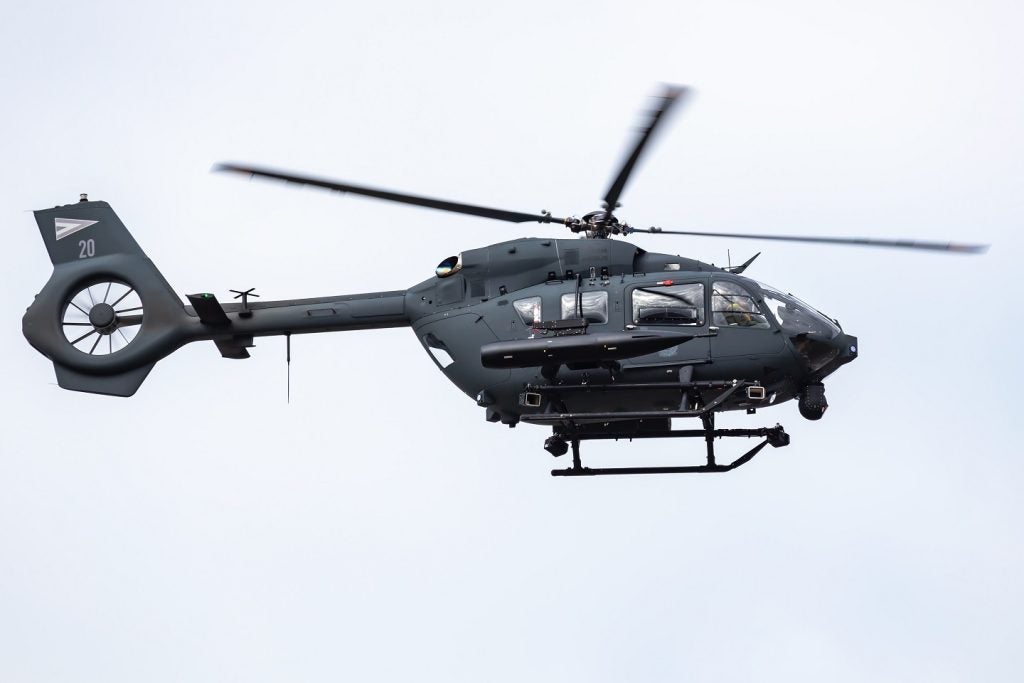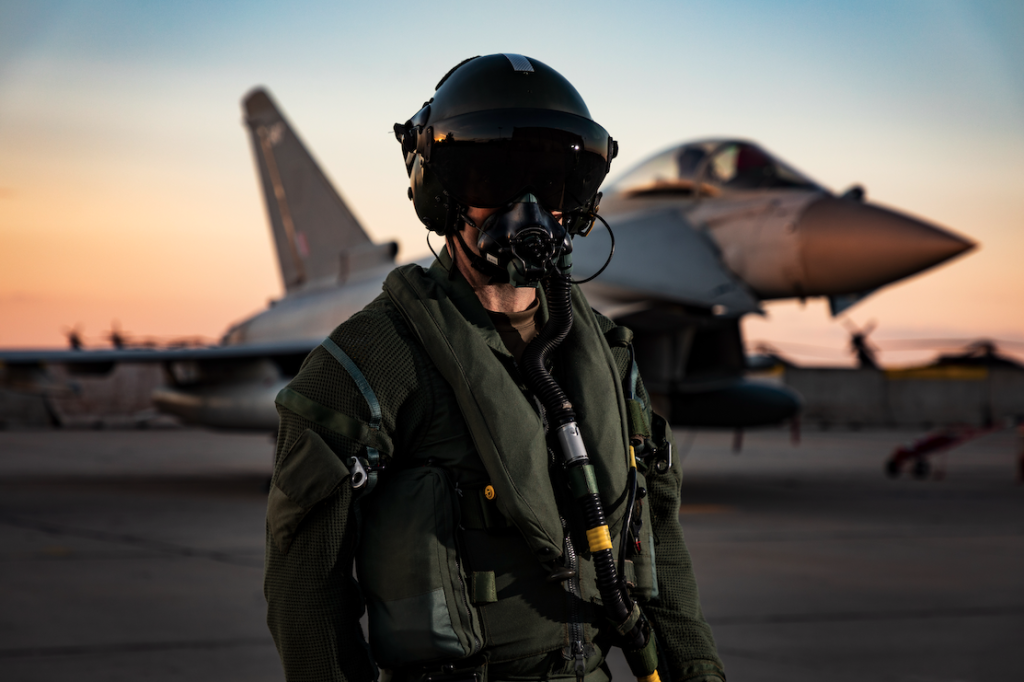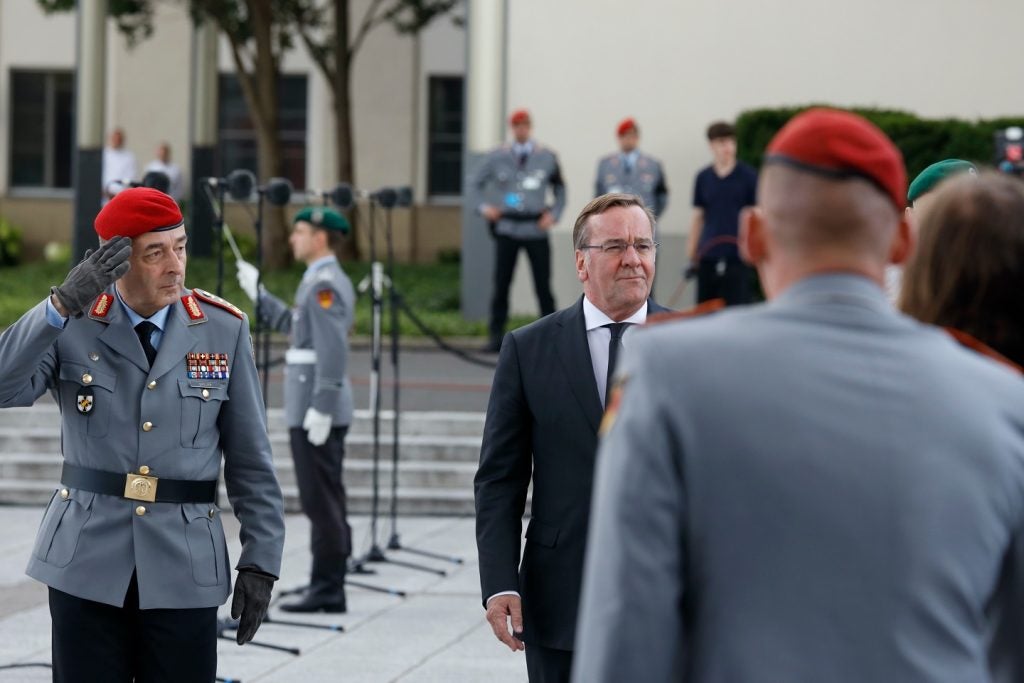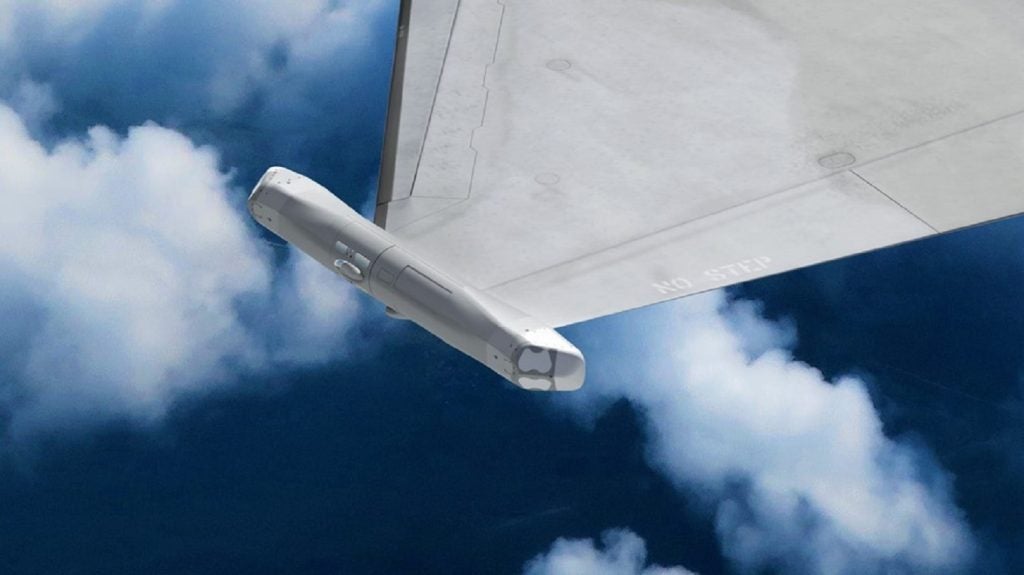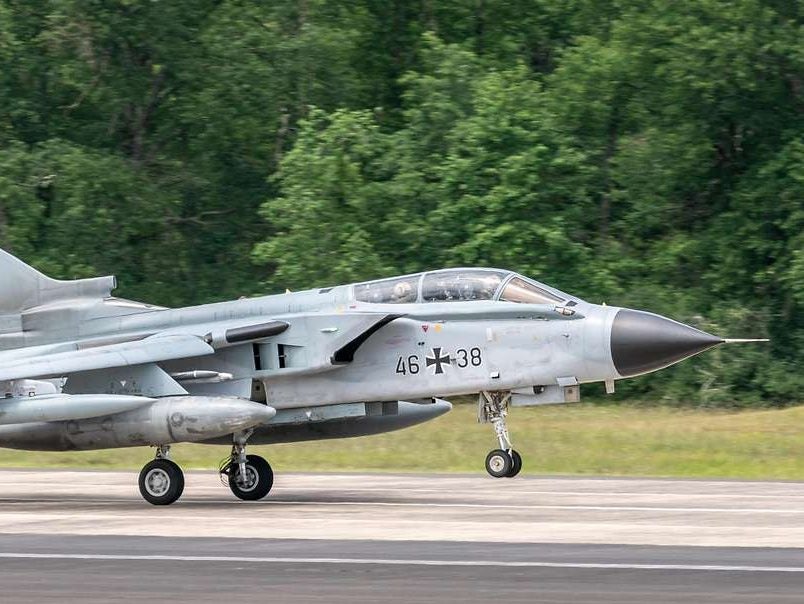
Bridging the gap between Tornado and the Future Combat Air System (FCAS), the German Armed Forces are looking to procure new Typhoons and F-18 Super Hornets to replace the 40-year old multi-purpose fighter jet.
A key factor in the decision on a split-buy of Eurofighter Typhoons and Boeing F-18 Super Hornets is the need for the German Air Force to be able to carry US nuclear weapons – a requirement under NATO and a German security whitepaper released in 2016.
Under the plans, Germany will acquire 93 new Eurofighter Typhoons, which are built in Europe, and 45 F-18s. The split buy fills a ten-year gap between the latest date a successor is needed to replace Tornado and the 2040 target for the joint French, Spanish and German effort to build a next-generation FCAS.
Tornado will exit service by 2030 at the latest, meaning the split buy will help the armed forces fill a ten-year capability gap in the ability to carry nuclear weapons on its fighter aircraft.
The ministry added that due to the fast-approaching capability gap “procurement must start from 2025” adding that “to be able to replace the Tornado in good time, the procurement process must, therefore, be started now.”
For the foreseeable future, the Bundeswehr said the Typhoon would ‘form the backbone of the Air Force’ with the F-18s temporarily replacing ‘few special skills’.
How well do you really know your competitors?
Access the most comprehensive Company Profiles on the market, powered by GlobalData. Save hours of research. Gain competitive edge.

Thank you!
Your download email will arrive shortly
Not ready to buy yet? Download a free sample
We are confident about the unique quality of our Company Profiles. However, we want you to make the most beneficial decision for your business, so we offer a free sample that you can download by submitting the below form
By GlobalDataThe proposal from German Defence Minister Annegret Kramp-Karrenbauer was handed to the Bundestag defence committee this week, which once agreed will move forward. According to the German Defence Ministry, a proposal will be submitted to parliament in 2022 or 2023 where it will make a final decision on whether to proceed with the split-buy.
Another key challenge addressed by the procurement is balancing maintaining investments in Germany and Europe’s defence-industrial base, with fully-developed and available US jets on the market.
Germany’s defence ministry added that initial approaches had been made to the US over the sale of the F-18 and with France and the UK, partners in the Eurofighter Typhoon project.
“No longer economical and no longer safe to operate”
During a meeting with the defence committee, Kramp-Karrenbauer said that by the end of the decade the Tornado would be “no longer economical and no longer safe to operate”.
She said: “When replacing the Tornado fleet, we will equip the air force so that all capabilities currently offered by the Tornado… will be also be covered in the future, and particularly that we can continue to fulfil all capabilities that we promised NATO, with the new aircraft, and without any interruption [as in gaps in service], from 2030”
Germany still operates a fleet of 85 Panavia Tornados with a mix of fighter-bomber and electronic warfare variants. The aircraft’s design dates back to the 1970s. Tornados remain in service with Germany, Italy and Saudi Arabia and were retired from use by the United Kingdom in 2019.



